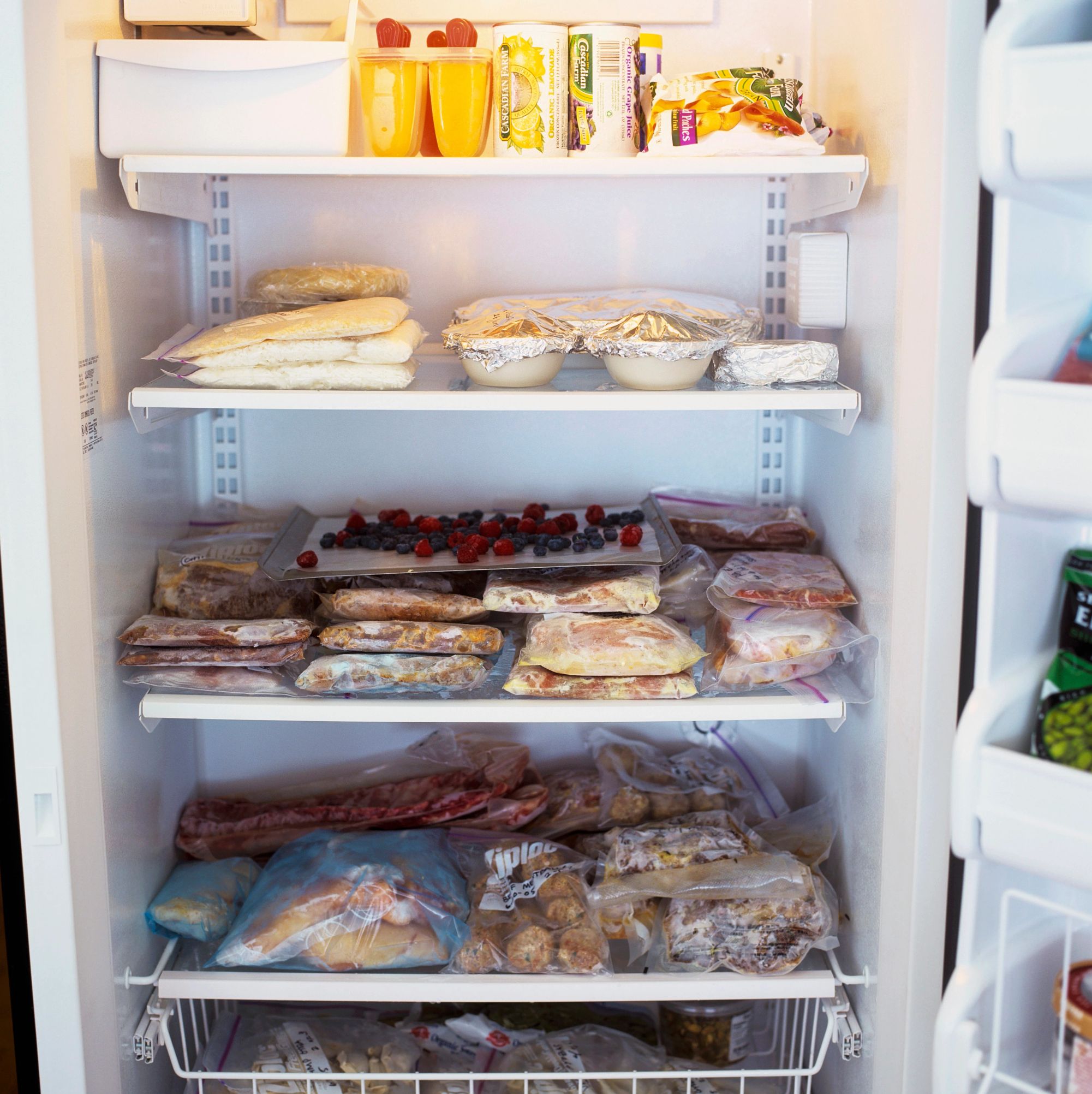AARP Hearing Center


A messy refrigerator or freezer can quickly turn into a dark hole of mystery — How old is that jar of pickles? Is that hamburger meat from this year? — particularly compared with the organizational fantasies on social media.
Keeping track of what’s in your fridge and freezer not only makes life simpler, it’s a money-saving must for older adults who may be cooking for one or two instead of a whole family, are on a budget or prefer to spend their money on things other than food that will go to waste.
The best way to do that? Focus on efficiency, food safety and an organizational system that works for your household, experts say.
“Everything doesn’t have to be Pinterest pretty all the time,” says Carolyn Rogers, owner of Neat Nerd Solutions in Atlanta. “I think the main thing to keep in mind with your refrigerator — and probably anything else — is that you can find what you’re looking for easily and that it’s neat to your level of satisfaction.”
Here are seven tips to get your fridge and freezer organized.


Keep portion sizes in mind when you store food
Be realistic about what you can finish. If you’re a batch cook, put the extra chili in the freezer, with a label and the date, says Christine Hradek, a state specialist in human sciences with Iowa State University Extension and Outreach. “Don’t put it in the fridge where there’s a chance that it’s going to get past four days,” she says. Freeze food in smaller containers, especially if you live alone, so you don’t have to defrost big portions you can’t finish, says Meredith Carothers, public affairs specialist with the U.S. Department of Agriculture’s Food Safety and Inspection Service.
Another benefit: Smaller containers are more easily shifted in your fridge or freezer if you need to fit something else in, Rogers says. “If you do need to maneuver, if something unexpected is in, it’s easier to maneuver something and try to fit something smaller than a very large container.”
































































More From AARP
AARP's Fast-Action Guide to Replacing Appliances
When your home essentials break and there's no time to lose, these shopping tips can help
16 Spots to Add to Your Spring Cleaning List — Stat
Tips from experts on where dirt, grime and dust are hiding in your home — and it’s kind of icky6 Ways to Cash in on Spring Cleaning
Selling your unwanted items instead of trashing them can bring in big bucksRecommended for You